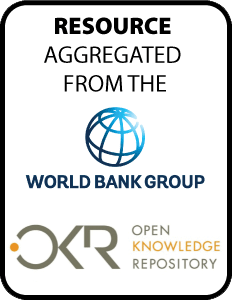Resource information
A slow-moving tropical depression caused
persistent heavy rains in the Solomon Islands between April
1 and 4, 2014. The highest recorded daily rainfall
associated with this event was 318mm in Honiara on April 3.
The rains caused flash flooding in Honiara, Guadalcanal,
Isabel, Malaita, and Makira-Ulawa. More than 732mm of rain
was recorded over four days at the Honiara rain gauge,
although heavier rainfall was reported inland. On April 5,
as the system moved away from the Solomon Islands, it was
upgraded to Tropical Cyclone Ita. The Solomon Islands
government has worked with the international community,
civil society organizations, and other stakeholders to
address humanitarian response needs. The government has
sought assistance from Pacific humanitarian team personnel
(which is led by the United Nations office for the
coordination of humanitarian affairs), and has also
requested supplies to support response efforts. The
methodology used for assessing the effects of a disaster or
extreme event proceeds from the bottom up: information about
the effects of the event is captured sector by sector, and
the data are aggregated to arrive at the event s total
effect on society and the economy. The ultimate goal of the
assessment is to measure in monetary and social terms the
disaster's impact on the society, economy, and
environment of the affected country or region.


